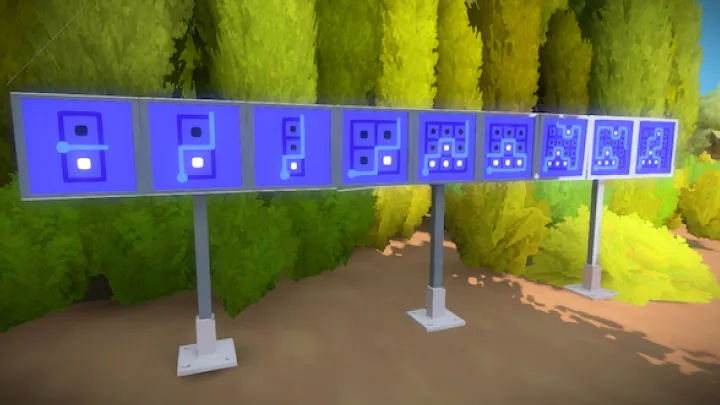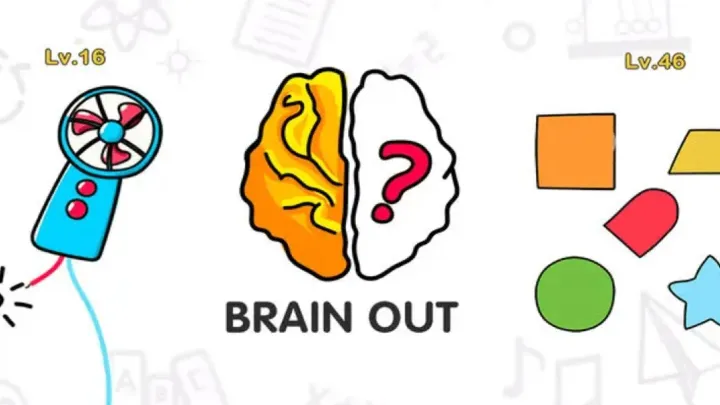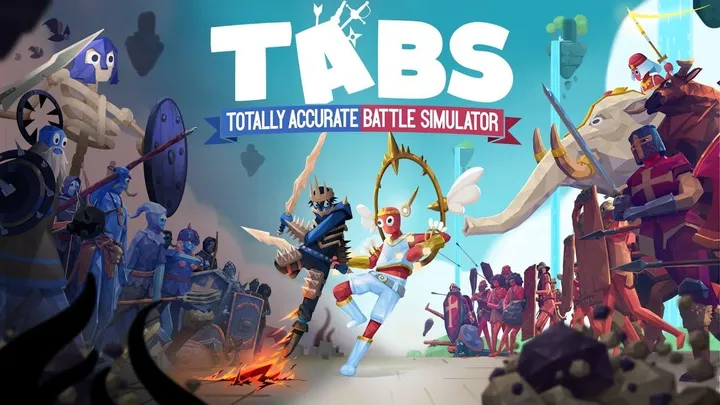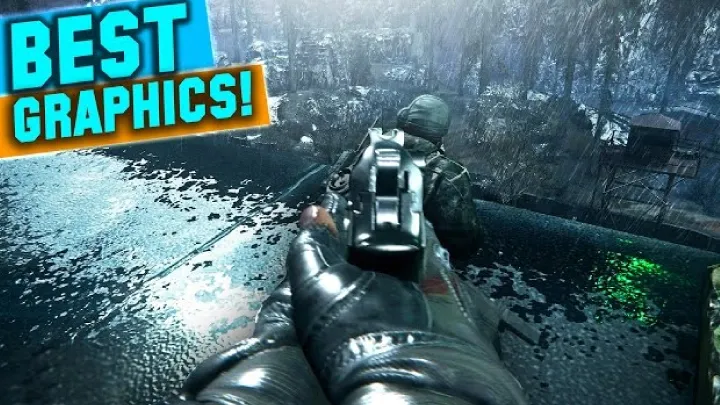Introduction
Gaming isn’t always about speed, explosions, or flashy graphics. Some of the most rewarding experiences are those that challenge your intellect, patience, and problem-solving skills. Brain-teasing games thrive on puzzles, logic, and creative thinking, forcing players to push mental limits rather than physical reflexes. These games can be frustrating, but solving their toughest challenges often delivers an unparalleled sense of accomplishment.
In this article, we’ll explore 10 Brain-Teasing Games That Test Your Limits, breaking down their gameplay mechanics, cultural influence, and why they continue to inspire players who love to put their minds to the test.
1. Portal 2 (2011)
Gameplay Analysis
Valve’s Portal 2 revolutionized puzzle games by combining physics-based mechanics with witty storytelling. Players use the “portal gun” to bend space, solve puzzles, and navigate increasingly complex test chambers. Each challenge requires lateral thinking and spatial reasoning rather than brute force.
The addition of gels that alter movement and co-op puzzles elevated the challenge, demanding coordination and communication when solving problems with a partner.
Lasting Impact
Portal 2 remains one of the most beloved puzzle games ever made, with its humor, creativity, and originality standing the test of time. It proved puzzles could be just as thrilling as any action game.
2. The Witness (2016)
Gameplay Analysis
Jonathan Blow’s The Witness drops players on a mysterious island filled with over 500 puzzles. With no tutorial or dialogue, players must deduce mechanics themselves, learning from trial and error. The line-drawing puzzles evolve in complexity, each new solution expanding the player’s understanding of the island’s language of logic.
The design encourages exploration, curiosity, and observation, as environmental clues often provide the key to seemingly impossible problems.
Lasting Impact
The Witness is praised as a masterpiece of minimalist puzzle design. Its meditative approach to brain-teasing gameplay challenges players not only to solve but to think differently.
3. Tetris (1984)
Gameplay Analysis
One of the simplest yet most addictive games of all time, Tetris tasks players with fitting falling blocks into complete rows. On the surface, it’s easy to understand—but as speed increases, the challenge becomes a test of reflexes, foresight, and pattern recognition.
Mastering Tetris requires the ability to think several moves ahead, planning for the long-term while reacting instantly to new shapes.
Lasting Impact
Tetris is timeless. Decades after its debut, it remains a global phenomenon across consoles, handhelds, and mobile devices. Its “easy to learn, hard to master” formula makes it one of the ultimate brain-teasing games ever made.
4. Baba Is You (2019)
Gameplay Analysis
Baba Is You is one of the most inventive puzzle games ever created. Players manipulate the rules of the game world by rearranging words as physical blocks. For example, pushing the block “BABA IS YOU” changes the controllable character, while “WALL IS STOP” can be altered to walk through walls.
This mechanic creates puzzles that bend logic and force players to think about rules in ways no other game demands.
Lasting Impact
Baba Is You redefined what puzzle design could be. Its originality and creativity continue to inspire game developers, while its brain-teasing challenges push players to embrace unconventional thinking.
5. Myst (1993)
Gameplay Analysis
At release, Myst was unlike anything else. Players explored beautifully rendered worlds, solving puzzles that required careful observation, note-taking, and patience. Without combat or time limits, the challenge came purely from unraveling mysteries through logic.
The nonlinear design encouraged exploration, with clues often hidden in plain sight but requiring sharp attention to detail.
Lasting Impact
Myst became a cultural phenomenon, showing that games could be quiet, thoughtful, and intellectual. Even today, its immersive world and brain-bending puzzles are remembered as a milestone in gaming history.
6. Keep Talking and Nobody Explodes (2015)
Gameplay Analysis
This cooperative puzzle game thrives on communication. One player faces a ticking time bomb on their screen, while others read a complex manual with instructions on defusing it. The catch: only the manual readers know how, and they can’t see the bomb.
Success depends on quick thinking, clear instructions, and teamwork under extreme pressure. Every puzzle is a test of problem-solving and communication.
Lasting Impact
Keep Talking and Nobody Explodes has become a favorite at parties and streaming events. It transforms puzzle-solving into a social experience, proving that brain-teasing games don’t have to be solitary.
7. Return of the Obra Dinn (2018)
Gameplay Analysis
Lucas Pope’s Return of the Obra Dinn is a detective puzzle like no other. Players investigate a ghost ship, using deduction and logic to determine the fates of its 60 crew members. Each clue is hidden in fragments of memory, requiring sharp reasoning and cross-referencing.
Rather than traditional puzzles, the challenge lies in piecing together a massive mystery using observation and deduction.
Lasting Impact
Obra Dinn has been hailed as a masterpiece of investigative puzzle design. Its unique monochrome art and demanding logic puzzles earned it awards and recognition across the industry.
8. Inside (2016)
Gameplay Analysis
From the creators of Limbo, Inside is a haunting puzzle-platformer. While simple at first glance, it weaves brain-teasing puzzles into an atmospheric world filled with danger. Timing, observation, and experimentation are key to survival.
The puzzles are seamlessly integrated into the world, challenging players without breaking immersion.
Lasting Impact
Inside is acclaimed for its storytelling through puzzles. The eerie atmosphere combined with brain-testing mechanics makes it one of the most memorable puzzle experiences of the last decade.
9. Brain Out (2019)
Gameplay Analysis
A mobile hit, Brain Out thrives on trick questions and unexpected solutions. Unlike traditional logic puzzles, it requires thinking outside the box, often breaking common assumptions to find the answer.
Its simple interface hides surprisingly clever design, as players often fail by overthinking before realizing the unconventional solution.
Lasting Impact
Brain Out has become a viral sensation, especially on mobile platforms. Its accessible yet challenging puzzles prove that brain-teasing gameplay can reach a massive audience.
10. Sudoku (various digital versions)
Gameplay Analysis
Sudoku, the number-placement puzzle, has thrived in both print and digital form. The rules are simple—fill a 9x9 grid so every row, column, and square contains numbers 1–9 without repetition. The difficulty lies in logic and deduction, especially at higher levels.
Digital versions add timers, hints, and competitive leaderboards, making it even more engaging.
Lasting Impact
Sudoku remains one of the most popular puzzle games worldwide. Its blend of accessibility and depth ensures that it continues to test the limits of players’ logical thinking.
Conclusion
What makes a brain-teasing game so compelling isn’t flashy graphics or high-speed action—it’s the satisfaction of solving the unsolvable. From the timeless simplicity of Tetris to the mind-bending logic of Baba Is You and the immersive mysteries of Return of the Obra Dinn, these games challenge us to think in ways we never expected.

















